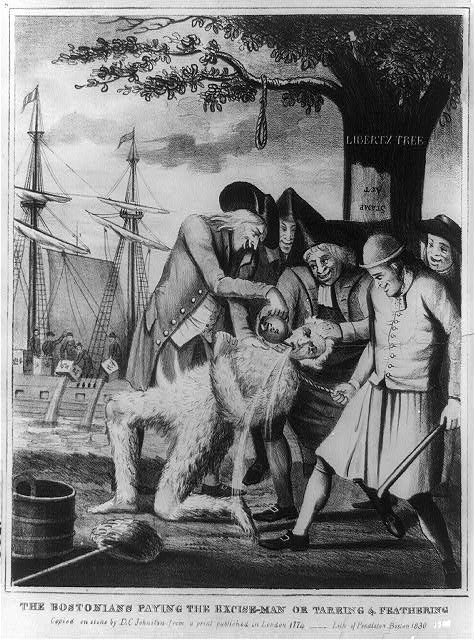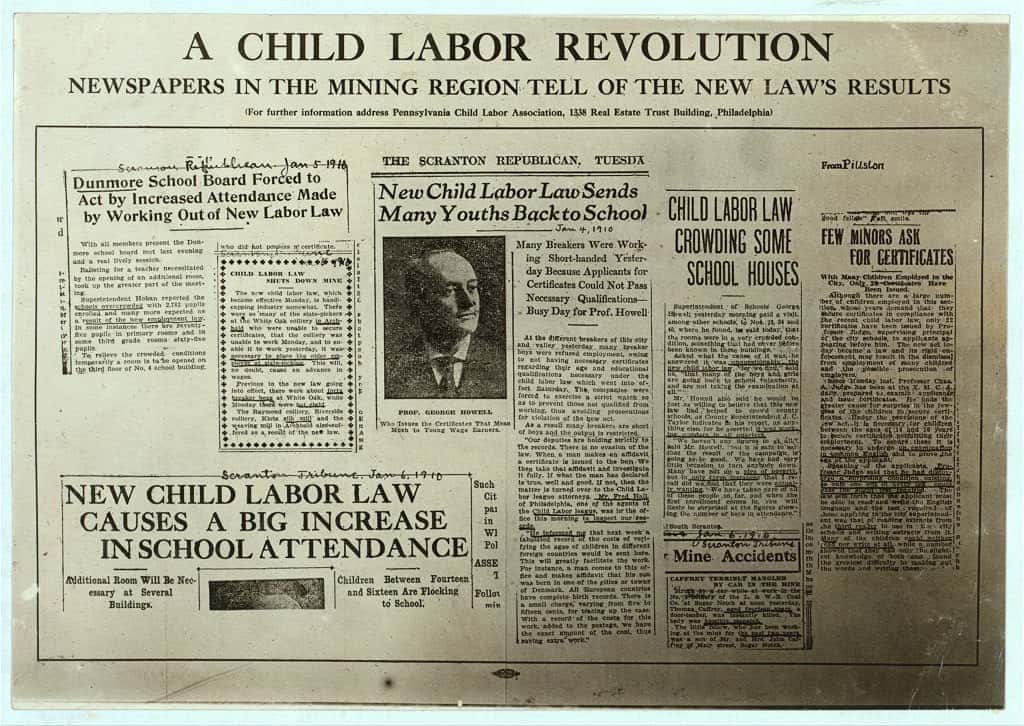Featured Image Source
The following quiz is targeted towards middle school US history students. This quiz can be given as a preparation assignment before a unit test on the causes of the American Revolution and/or the Declaration of Independence.

The art and craft of teaching
Featured Image Source
The following quiz is targeted towards middle school US history students. This quiz can be given as a preparation assignment before a unit test on the causes of the American Revolution and/or the Declaration of Independence.
Featured Image Source

Context: The caption reads “The Bostonians paying the excise-man or tarring & feathering”. This cartoon depicts a fiendish-looking group of Bostonians “paying their dues” to the British tax collector by tarring and feathering him. Tarring and feathering is the act of dousing someone in tar and feathers in an attempt to humiliate them. The Brit is also being forced to drink tea. Behind the mob stands a “liberty tree” with a “Stamp Act” poster on its trunk and a noose hanging from a branch. Out on the water is a recreation of the Boston Tea Party in which Bostonians threw tea overboard a British ship as a way to protest the Tea Act.

Context: This drawing shows a scene from the “Bloody Massacre”, also known as the “Boston Massacre”, in which British soldiers shot and killed multiple people after being harassed by a mob of civilians. This was during the British occupation in Boston. In the image, we see the British soldiers on the right attacking
Featured Image by Jordy Meow from Pixabay

Context: This propaganda poster was created by the U.S. Army to be seen by the American people during WWII.
Bias Icebreaker: What bias is this image trying to create in the viewer?
Expected Student Response: The caption in this poster makes me think that its goal is to instill hatred of the Japanese people in American citizens. The creator wants the viewer to create a bias toward the Japanese so that Americans would support the invasion of Japan during WWII.

Context: This photo is a view of Hiroshima, taken after the bombing.
Caption Writer Icebreaker: Using what you know about the bombing of Hiroshima, how would you caption this photograph? Why?
Expected Student Response: The caption I would give this photo is “Hiroshima left devastated after the American bombing. How will they recover?”. I chose this caption because this photo shows the aftermath of the bombing. There is very little left of the city.

Context: This photo is of an area affected by the bombing in Hiroshima.
Questioning Icebreaker: What questions do you have when looking at this photo?
Expected Student Response: How could the people of Hiroshima rebuild the city? What was this building before? What does Hiroshima look like now? Where was this building located? Did all of Hiroshima look like this?
Featured image by The New York Public Library.
As industrialization in the United States increased following the Civil War, it was common to find American children working outside of the home to earn wages for themselves or their families. Children worked in many different industries and represented much of the labor force. It was not until the 1930s that Child Labor laws would be enacted to protect the rights of young children in the US.

The boys in the photo above are one example of popular employment for youth. These “breaker boys” spent their days sitting along a conveyor belt, “breaking” away the impurities within the coal atop the belt. Working within a coal mine was often dangerous and attributed to poor health of the workers.
What do you think it was like to work as a “breaker boy”?

Beginning in the 1900s, groups of people started advocating for an end to child labor. Eventually, the Children’s Bureau enacted the Fair Labor Standards Act, making it illegal for children under the age of 16 to work full time.
What do you think drove the Children’s Bureau to make this decision?


What can these newspaper articles tell us about some of the outcomes of this decision?
Discussion Questions:
1. How has the United States coped with these impacts?
2. How has the United States evolved since this time?
3. What changes, if any, have been made to the child labor laws?